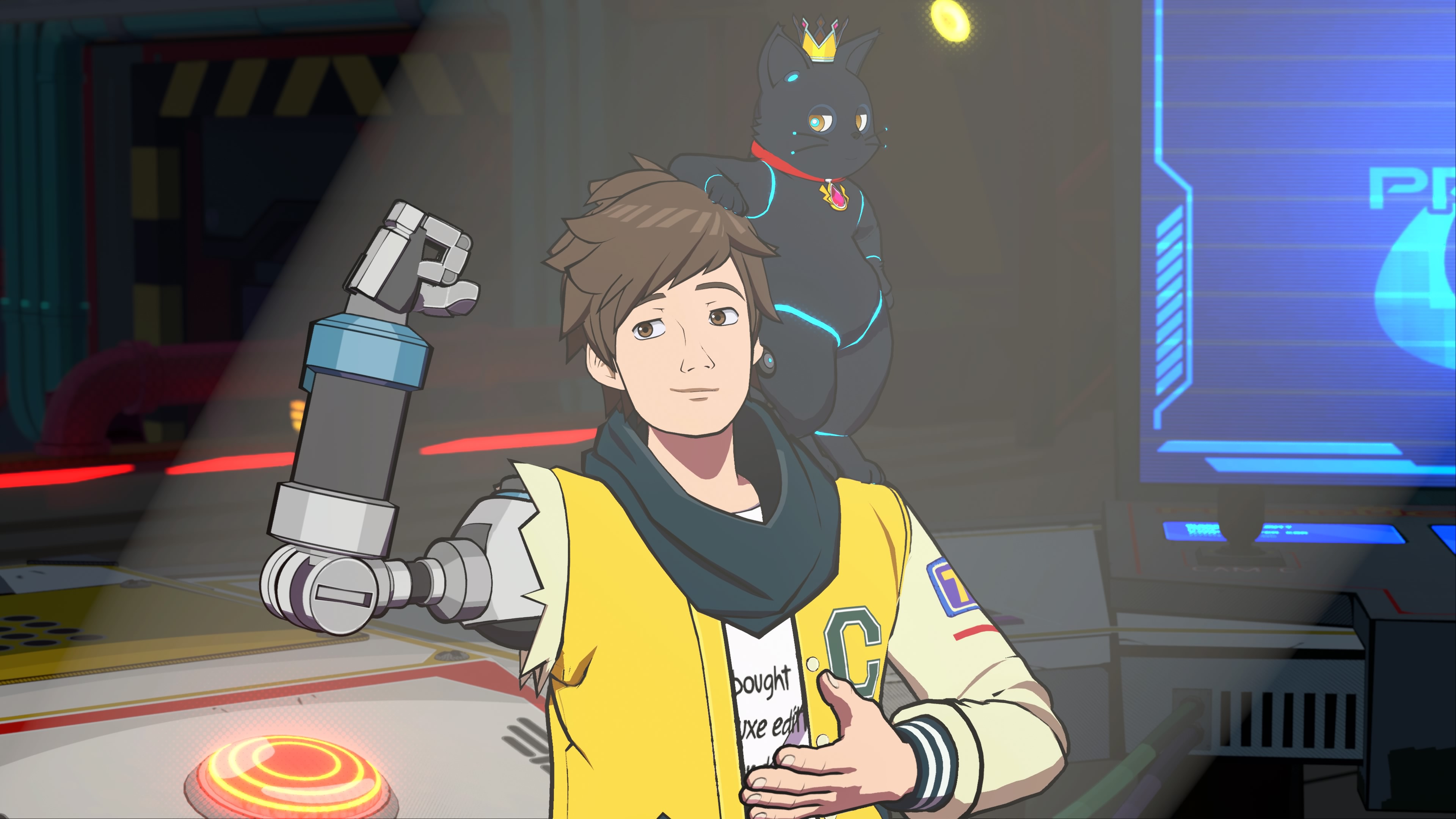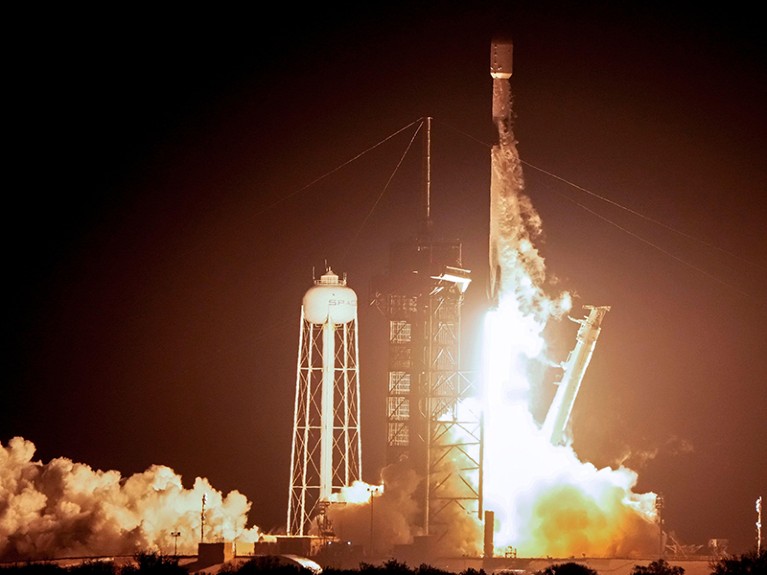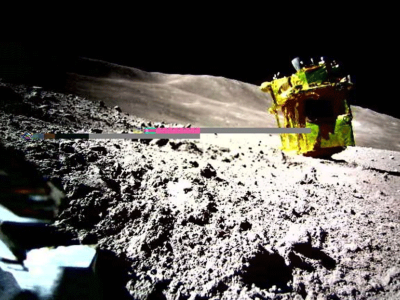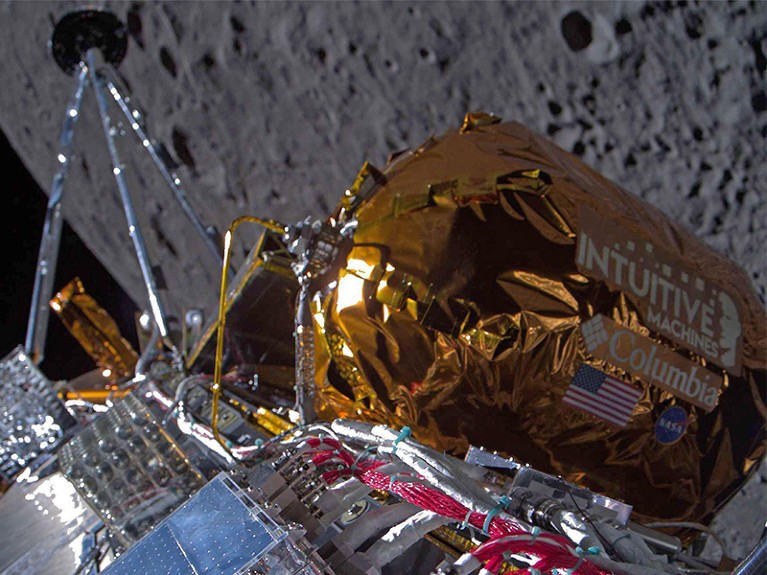[ad_1]
resulta PingüinoEl Dr. Julian Rush no es el Espantapájaros de la franquicia Batman de Matt Reeves, y de hecho estoy muy contento de que la showrunner Lauren LeFranc haya desacreditado la teoría predominante de DC. Julian Rush se presenta en The Penguin como un psiquiatra en el Hospital Estatal de Arkham que está asignado a Sofia Falcone mientras está encarcelada antes de desarrollar sentimientos más profundos por ella. Él juega un papel destacado en la serie, ya que pasa de ser un empleado de bajo nivel en el Hospital Estatal de Arkham a convertirse en la pareja romántica y asesora de facto de Sofía mientras ella asciende rápidamente al poder en el inframundo de Gotham.
Si bien Julian Rush es aparentemente un personaje original de la trilogía de Batman de Matt Reeves, dado que tal personaje no existe en DC Comics, eso no ha impedido que surjan muchas teorías de la base de fans que vinculan su verdadera identidad con los villanos establecidos de Batman. No me sorprende, dada la forma en que terminó el programa como un personaje mucho más importante de lo que era cuando lo presentaron por primera vez. Es más, estaba bastante convencido de que iba a ser la versión de la serie de Jonathan Crane, también conocido como Espantapájaros, rastreando algunos huevos de Pascua obvios en una toma de su oficina.
Explicando la teoría del Pingüino de que el Dr. Julian Rush se convirtió en un espantapájaros
El escritorio de Julian Rush contiene algunos elementos notables.
Hay una escena en particular que generó teorías de que Rush eventualmente se convertiría en Espantapájaros si no estuviera ya encarnando el papel fuera de la pantalla. Esta escena ocurrió en el Episodio 4, donde una toma de la oficina de Julian Rush reveló dos elementos claros y reconocibles: Un guante con apéndices en forma de agujas y una máscara en forma de arpillera ocupan un lugar destacado en lados opuestos.. Existe cierto debate sobre si el último elemento es una máscara, ya que es difícil de identificar, pero cuando se compara con el guante inspirado en el espantapájaros, encuentro esta teoría increíblemente convincente.
Jonathan Crane interpretado por Christopher Nolan también era psiquiatra en Arkham. Batman comienza.
De hecho, confirma varias otras pruebas. La carrera de Rush como psiquiatra refleja la experiencia de Jonathan Crane como profesor de psicología en DC Comics. Al mismo tiempo, sus métodos incluyen no convencionales. Usar una droga psicoactiva para completar su trabajo es similar al uso típico de la toxina del miedo por parte de un espantapájaros.. Incluso se vio a Rush usando un trauma profundamente arraigado de manera agresiva hacia la madre de Oz. PingüinoPeak, una táctica sinónimo del Espantapájaros y el malvado MO. Teniendo todo esto en consideración, siento que el único factor que va en contra de esta teoría es el nombre de Rush. Eso fue, al menos, hasta los recientes comentarios de Lefranc.
The Penguin Showrunner ha desmentido la teoría de que Julian Rush es un espantapájaros
Lauren Levanke dio una respuesta sincera a la teoría.
ScreenRant fue descubierto recientemente PingüinoLa modelo Lauren Levant en la alfombra roja de los Golden Globe Awards 2025. El evento tuvo lugar casi dos meses después. Pingüinofinal de temporada, lo que significa que las teorías que rodean la identidad secreta de Rush y la posible participación de un villano secundario extraído directamente de DC Comics han tenido mucho tiempo para refinarse. Sin embargo, al abordar estas teorías, Loren Lefranc dio una respuesta sucinta que trazó una línea definitiva: “Bueno, puedo decir que no es el Espantapájaros.“
Relacionado con
El Pingüino prepara hábilmente a los villanos perfectos para Batman 2
El Pingüino está explorando las secuelas de The Batman de 2022 y parece estar formando el grupo perfecto de villanos para la próxima película The Batman – Part II.
Si existía alguna posibilidad de que Rush pudiera convertirse en Scarecrow en el futuro, el comentario de LeFranc parece haber puesto fin decisivamente a eso. finalmente, Esto significa que el guante cosido en la oficina de Rush era solo un huevo de Pascuaque rara vez se ve en las adaptaciones modernas de superhéroes. Admito que al principio me molestó esta refutación, ya que me habían condicionado a creer que cada huevo de Pascua necesitaba una recompensa, pero tras reflexionar más, creo que esto podría ser mejor para la franquicia en general.
Si Julian Rush no fuera un espantapájaros, su personaje sería mucho más interesante
Julian Rush no está escrito en un rincón
Julian Rush sobrevivió a los acontecimientos. Pingüino Ahora continúa su trabajo en Arkham, trabajando nuevamente con Sofia Falcone durante su segunda etapa en la organización. Esto deja la puerta abierta para el personaje, lo que sugiere que puede tener más que ofrecer, ya sea Batman segunda parte O tal vez una segunda temporada Pingüino. Estoy ansioso por ver cómo se desarrolla su personaje y Esto habría sido más restrictivo si LeFranc y otros involucrados en el programa lo hubieran escrito para que fuera la versión de Espantapájaros de este universo..
Esto ayuda a que el personaje sea mucho menos predecible para los fanáticos familiarizados con la tradición de DC Comics de Batman, pero no menos convincente ahora que estamos familiarizados con sus métodos que alteran la mente.
En cambio, Rush ahora puede encarnar a muchos otros personajes menos conocidos, como Hugo Strange, el Profesor Pyg o Calendar Man. Alternativamente, y quizás más probable, Rush podría continuar siendo un personaje original en la franquicia Batman de Matt Reeves o Pingüino Temporada 2: Esto es realmente bueno. Esto ayuda a que el personaje sea menos predecible. Para fanáticos familiarizados con la historia de Batman en DC Comics, pero no menos convincente ahora que conocemos sus métodos que alteran la mente. Por otro lado, deja la puerta abierta a que Reeves ofrezca una nueva mirada a Jonathan Crane en el futuro.
Próximos estrenos de películas de DC
[ad_2]
Source Article Link


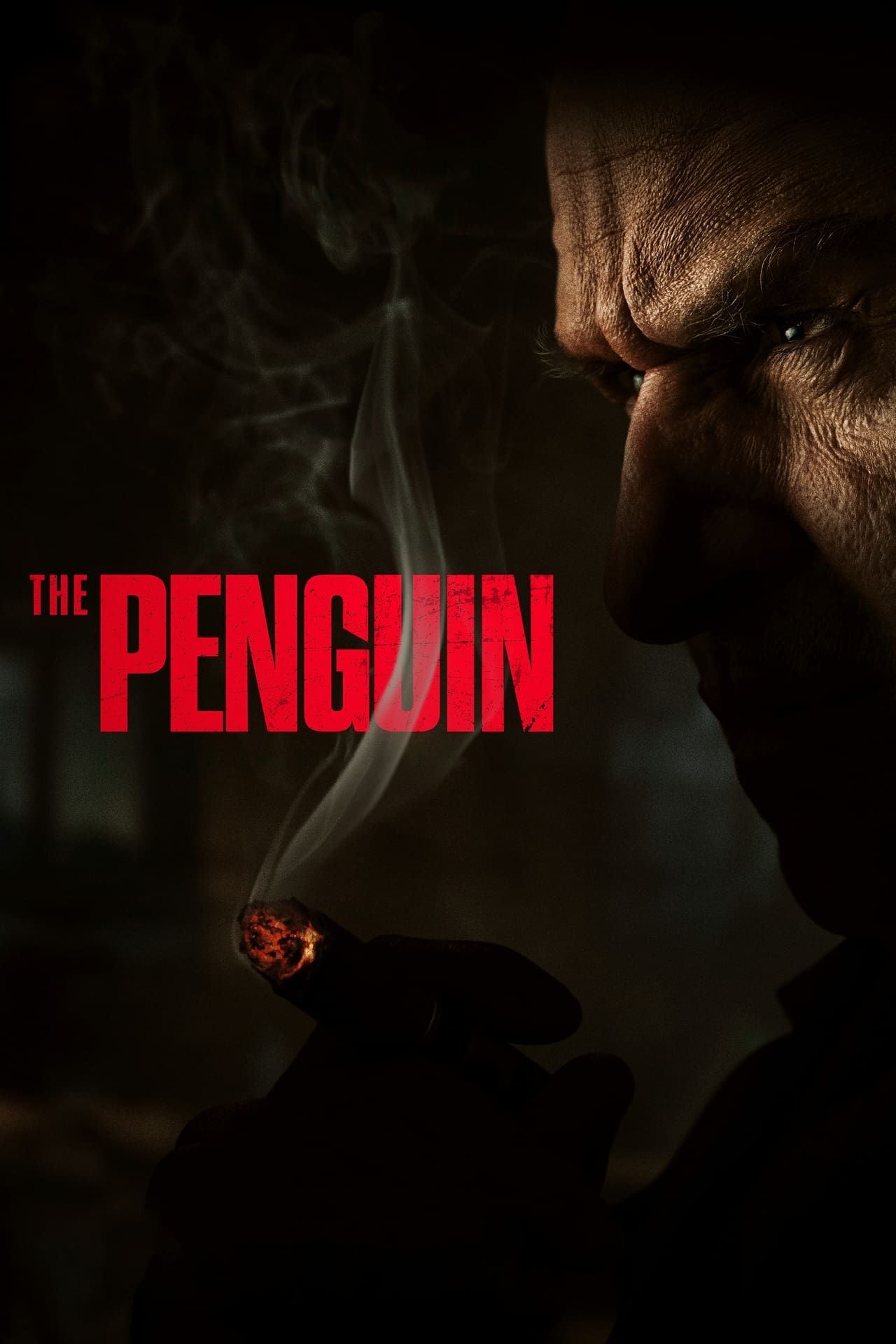

 Nota: MacRumors es socio afiliado de algunos de estos proveedores. Cuando hace clic en un enlace y realiza una compra, es posible que recibamos una pequeña cantidad, lo que nos ayuda a mantener el sitio en funcionamiento.
Nota: MacRumors es socio afiliado de algunos de estos proveedores. Cuando hace clic en un enlace y realiza una compra, es posible que recibamos una pequeña cantidad, lo que nos ayuda a mantener el sitio en funcionamiento.






